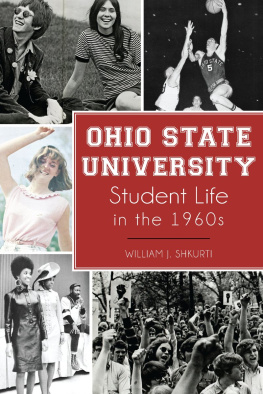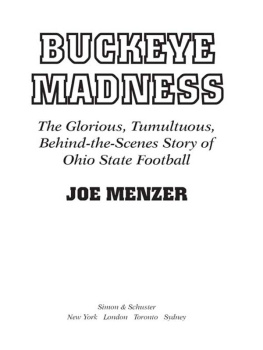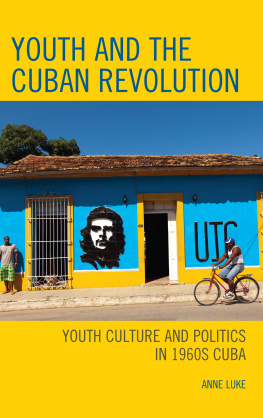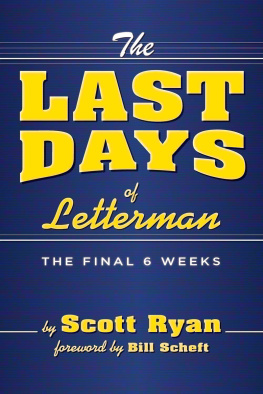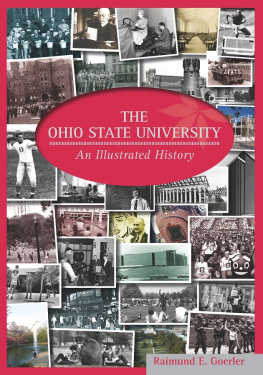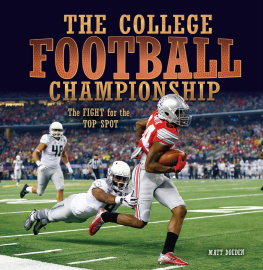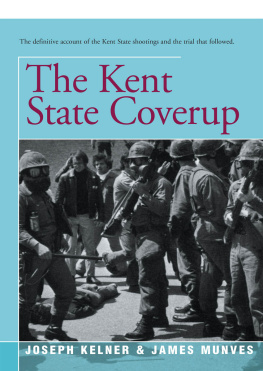


Published by The History Press
Charleston, SC
www.historypress.com
Copyright 2020 by William J. Shkurti
All rights reserved
E-Book year 2020
First published 2020
ISBN 978.1.4396.7085.9
Library of Congress Control Number: 2020938435
Print Edition 978.1.4671.4599.2
Notice: The information in this book is true and complete to the best of our knowledge. It is offered without guarantee on the part of the author or The History Press. The author and The History Press disclaim all liability in connection with the use of this book.
All rights reserved. No part of this book may be reproduced or transmitted in any form whatsoever without prior written permission from the publisher except in the case of brief quotations embodied in critical articles and reviews.
CONTENTS
INTRODUCTION
College students who came of age in the 1960s were part of a transformation unlike any seen before or sincea hostile takeover of the popular culture. Propelled by a postwar baby boom and unprecedented prosperity, these young people enjoyed opportunities that were only dreamed of by previous generations. They were told they were the largest and best-educated generation ever. They came of age when technology made mass culture pervasive and when the barriers to exploring, experimenting and expressing themselves fell dramatically. They established a generational bond that redefined the nations popular culture with unprecedented speed and power.
The forces driving this revolution coalesced on college campuses, where sheer numbers ensured oversized implications. Much has been written about the changes that roared through the nation in the 1960s; most of it has focused on the politics of protest, especially at the elite colleges and universities on both coasts. But profound changes also took hold among the middle-class young people in the nations heartland. This cultural revolution occurred with surprising speed and staying power.
Very little has been published about what happened at the ground level on individual campuses, like the Ohio State University. Fortunately, Ohio State has digitized its student newspaper, the Lantern, and its yearbook, the Makio, allowing easy access for both researchers and casual readers. Together, they provide an excellent record of student life in an extraordinary era.
This collection is designed to be a companion to The Ohio State University in the Sixties: The Unraveling of the Old Order (Ohio State University Press, 2016), which deals with the more substantive political and educational issues of the time. Ohio State University: Student Life in the 1960s covers student life outside the classroom, beginning with the 196061 school year and ending with the tumultuous 196970 year. Each chapter is subdivided into six or seven sections, in varying order:
Traditions: The evolution of the universitys social traditions, including Homecoming, Greek Week and May Weeksome of which did not survive the decade.
Party time: The creative ways students blew off steam, from toga parties to flash crowds.
Athletics: Some of the greatest triumphs in Buckeye athletics, offset by some of the most agonizing disappointments.
Showtime: Nationally known entertainers who came to campus, and the growing wave of youth-oriented movies playing at local theaters.
Fashion: What students wore (or didnt) and what it said about them.
Places: Where students liked to congregate, both on campus and off.
Buckeye bits: Miscellaneous, exciting or unusual events.
So, hop on the fun train for a magical mystery tour through a decade when being young and in college meant you were entitled to a good time.
Authors note: The vintage photographs in this collection come from the Makio and Lantern archives, where, in many cases, the original photos or negatives no longer exist. They may appear a little fuzzy or grainy compared to other photos, but they have been included because they remain the best remaining visual records of these unique events.
TRADITIONS RULE
196061
Students entering Ohio State in the fall of 1960 found a campus steeped in wholesome traditions that fostered a sense of community in an extremely transient environment. As the decade progressed, some of these traditions were challenged and others were discarded.
TRADITIONS
The Social Big Three
The annual Homecoming, Greek Week and May Week celebrations were the foundations of the universitys social calendar. By the 196061 school year, Homecoming had been a tradition for fifty-eight years, Greek Week for twenty-eight and May Week for fifty-five. The October Homecoming events featured float displays, the election of a queen, a parade, a bonfire and a football game followed by a dance and a concert.
Greek Week, which was held in February, celebrated the accomplishments of the 4,600 members of Ohio States social fraternities and sororities with a fundraiser for charity, a talent show, a pop concert and parties. Although only one-fifth of the 22,000 students on the Columbus campus in 1960 were Greeks, they were all cohesive, well-organized and supported by their alumni and the university administrationand they exerted considerable influence over the social scene.

Homecoming caravan, 1960. When gas costs only thirty cents per gallon, style triumphs over fuel economy. Courtesy of the Makio.

Elaborately produced skits, such as this one that featured a crooning candidate for Homecoming Queen and her backup chorus, were popular ways to generate votes and enthusiasm. Courtesy of the Makio.

A May Week staple: a frog jumping contest. Courtesy of the Makio.
A highlight of May Week was May Day, which was celebrated on the first Thursday of the month with fun and games galore. Classes were canceled, and students flocked to the Oval for bicycle races, limbo contests and an auction. The day began with ROTC cadets marching in review and ended with a huge supper at French Field House, followed by a dance and concert.
PARTY TIME
Suppressed Desires and Other Themes
Homecoming and May Week were big events, but they filled only two weekends of thirty during the typical academic year. Left on their own to make plans for the open weekends, students got creative. All social functions had to be sponsored by a student organization, such as a Greek chapter or a residence hall, and they had to be approved by the university. This meant female students were required to return to their residences by curfew (usually 1:00 or 2:00 a.m. on weekends). Parties were supposed to close down at the scheduled time (usually midnight), and at least two approved chaperones had to be present to make sure the rules were followed. This, however, did not seem to limit the varieties of student-led events over the 196061 school year. Some of the more imaginative events included:
Next page
